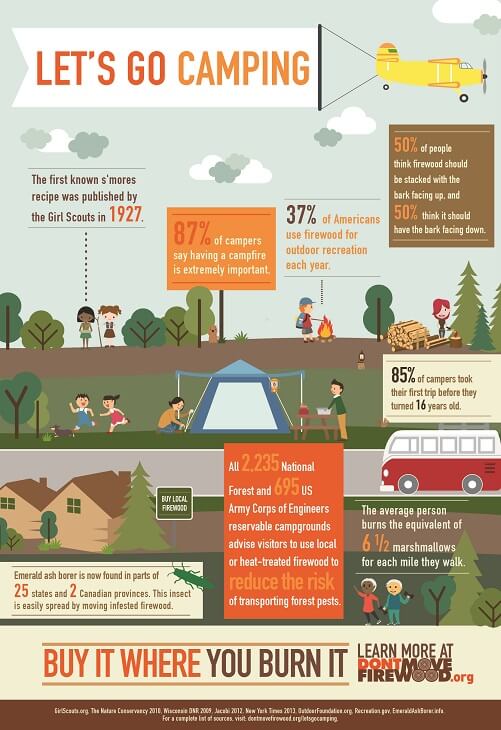Start A Better Career By Selling Your Camping Tents Online
Start A Better Career By Selling Your Camping Tents Online
Blog Article
Just How to Effectively Establish Your Outdoor Tents Prior To Camping
Establishing your outdoor tents can be a difficult task for even skilled campers. This overview will cover the basics of pitching a tent effectively and safely so you can appreciate your outdoor camping trip without stress and anxiety or worry.
How do you hold a tent down?
Begin by laying out your outdoor tents's impact and ground sheet to safeguard your tent flooring from rocks, sticks, dirt, and other particles. Next off, assemble the tent poles and secure them to the corners of the tent body using the ideal sleeve or hook.
Selecting the Right Site
When you are worn down after a lengthy day hiking, you intend to pitch your outdoor tents and prepare to sleep. But you should initially take a walk around the site to make certain it is secure for camping. Look down and up to figure out whether any type of trees have large dead branches that could fall on your outdoor tents. These are often called widowmakers and you don't desire them to go down on you while you're sleeping.
Additionally make sure to avoid reduced areas that could flooding during a tornado and to camp far from animal trails, nests and environments where ticks and chiggers are probably to thrive. Look for a flat, rock-free area that allows enough for your tent and any other equipment you'll be bringing.
Some people like to set their outdoors tents up so the head end is pointed towards the east to capture the sun's warming rays first thing in the early morning. This isn't always required, yet it is a good touch that can aid wake you up.
Pitching Tips
It may seem noticeable, however correct tent throwing is one of the most vital factors in a good night's sleep. Having a practice run in the house will help you acquaint on your own with your tent, discover all the post sleeves and bolts, and ensure whatever remains in place. It's also a fun time to practice using guylines for stability and to uncover any kind of broken pieces.
When you come to your outdoor camping website, examine the terrain to see if it appropriates for your camping tent. An excellent rule of thumb is to pitch the tent on a level, degree spot with a small downhill angle. This will enable rainfall to drain away from the camping tent instead of merging in front of it.
If you can't locate a level area, think about positioning a tarp or other groundsheet under your camping tent impact to shield it from dampness. This can additionally help keep dirt out of the tent.
Utilizing Guylines Successfully
Making use of guy lines effectively is necessary to making certain your outdoor tents or hammock remains safe and secure in high winds and other bad weather. A man line is a rope or cable that connects to the ground through loops and D-rings in the structure, tarp, or rainfly.
Start by securing one end of the line to a guyout loop on your tent or rain fly, or to the post it's affixed to. After that loophole the various other end of the line over a risk positioned faraway from the structure and tighten it.
Keeping your shelter's guy lines taut will certainly prevent sagging or drooping throughout gusty problems, stopping wetness from leaking into the tent or damage to the framework and boosting convenience and security throughout camping. Always examine the stress of your guy lines throughout and after adverse climate condition to guarantee they remain safe. Additionally, consider packing a person line tensioner to easily change and keep the correct amount of tension in your lines.
Taking Down the Outdoor tents
When settling into your campground, locate a spot with a flat location and clear it of rocks and particles. Additionally, make certain to put down a tent impact or tarpaulin somewhat smaller than your tent body to stop water merging. This assists maintain your camping tent dry from rain or condensation and can be specifically practical in windy areas.
Analyze your gear, consisting of the camping tent stuff sacks to see to it nothing is missing. Examine that the poles match their clips and replenish first-aid items if required.
When it's time to pitch your camping tent, begin by orienting the doors downwind, and stake down each edge of the tent. If the tent manufacturers usa ground hangs or sandy, think about spreading a tarpaulin under your outdoor tents to secure it from wind and minimize the possibility of your tent toppling. Additionally, make certain to make use of guylines successfully to restrain your rainfly and keep it taut. A well-pitched tent can prevent leaking, condensation, and sunlight damages.
How can I make my tenting more comfortable?
